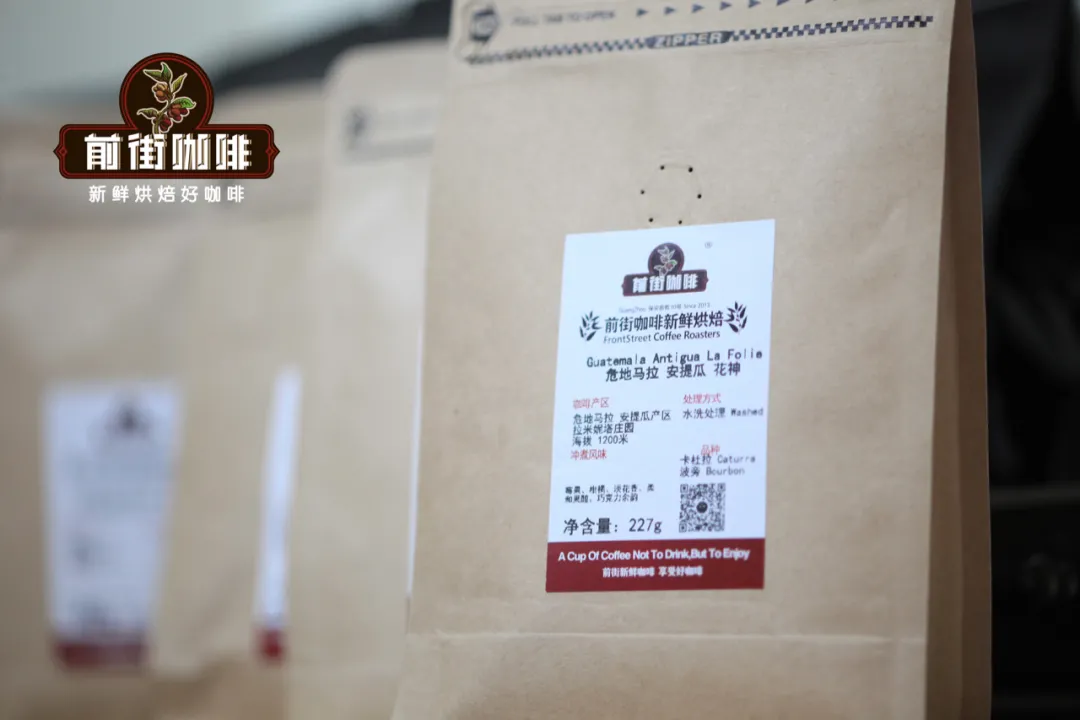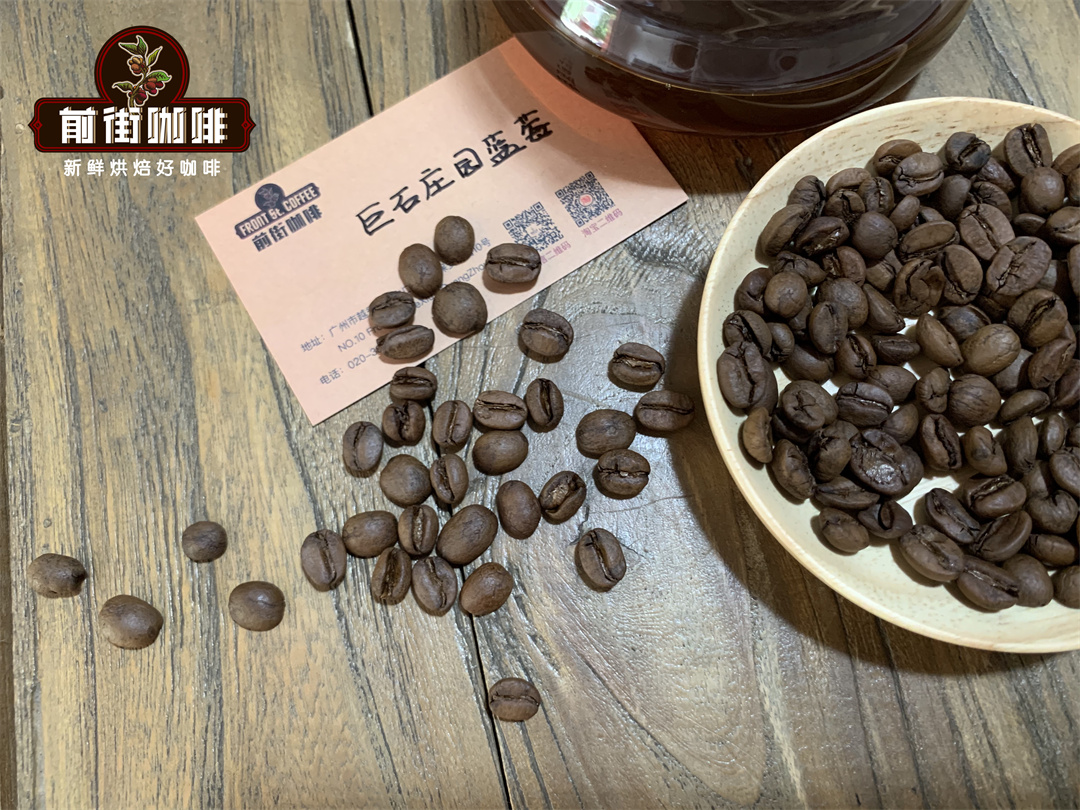Which coffee producing areas are there? an introduction to Guatemala's boutique coffee bean producing areas. Why does it have a unique smoky smell?
Guatemala is a famous producer of high-quality Arabica coffee in Central America. Its unique geographical conditions make it a special presence in coffee cultivation and coffee bean flavor. Among the many coffee flavors, smoking has always been considered to be a defective taste. But Guatemalan coffee beans have a smoky taste in the end, which makes it a major feature of Guatemalan coffee.
Coffee, as a crop, is very affected by hydrological conditions. Coffee from five volcanic and three non-volcanic producing areas is very unique, which makes its coffee beans show a unique flavor.

A brief introduction to the characteristics of Coffee in eight producing areas of Guatemala
Eight major coffee producing areas in Guatemala
1. Acatenango Valley ®:
The Acatenango Valley Valley, which is 2000 meters (6500 feet) above sea level, is shaded and ecologically unique, and the nearby Fuego volcano continues to erupt, making its coarse, sandy soil rich in a variety of minerals. Temperate sea breezes from the Pacific and a seasonal climate allow coffee in this region to be dried by sunlight and processed according to traditional family methods that have been accumulated over the years.
A brief introduction to the characteristics of Coffee in eight producing areas of Guatemala
two。 Antigua coffee (Antigua Coffee ®):
Rich volcanic soil, low humidity, plenty of sunshine and cool nights are the climatic characteristics of Antigua coffee producing areas. The valley is surrounded by three volcanoes: Agua, Fuego and Acatenango. Tierra del Fuego volcano is one of the three most active volcanoes in Guatemala, and the ash from frequent eruptions makes the soil of Antigua rich in minerals. The volcanic pumice in the soil can maintain humidity and help overcome the lack of rainfall in Antigua. In addition, the tree shade in this area is particularly dense, which can withstand occasional frosts and protect coffee plants from frosts.
3. Traditional Attilan (Traditional Atitl á n ®)
Atitlan is one of the five largest volcanic coffee producing areas in Guatemala, and its soil organic matter is the most abundant among the five volcanic coffee producing areas. 90% of the traditional Atilan coffee is grown on the violent volcanic slopes of Lake Attila, where the daily breeze stirs the lake, which is an important factor affecting the microclimate of the region. The area has accumulated excellent planting and processing techniques for a long time.
4. Rainforest Coban (Coban ®)
Koban is cloudy, rainy and cool all the year round. The vast majority of Koban coffee in the rainforest is grown in the obviously undulating and foggy mountains of the region and is deeply influenced by limestone and clay in the Atlantic basin. Koban has two seasons: the rainy season and the rainy season.
5. Fraijanes Plateau ®:
The area is of volcanic soil, with high altitude, sufficient rainfall and great humidity variation. Ash from Pacaya, Guatemala's most active volcano, provides important minerals for the soil in the region. There is plenty of sunshine in the dry season, and although the clouds and dew are heavy in the morning, they dissipate quickly. As a result, 100% of the coffee in the area is processed in the full sun.
6. Highland Huehue ®:
Of the three major non-volcanic coffee producing areas in Guatemala, the Mini Tenango Highlands has the driest climate and the highest elevation. The dry and hot wind from Mexico's Tehuantepec plateau protects the region's coffee from frost and can be grown to 2000 meters (6500 feet). Because of its remote location, all coffee farmers have to process their own coffee, but fortunately there are so many streams in the area that small processing plants can be set up almost anywhere.
7. New Oriental (New Oriente ®):
Coffee in this area has been grown entirely by small farmers since the 1950s, and now every farmer in the mountains is a coffee production unit. This area, once the most remote and poorest part of Guatemala, is now alive and well. Rainy, cloudy, New Oriental ancient times is a volcanic area, soil volcanic metamorphic rock evolved, rich in minerals, balanced nutrition, different from other volcanic coffee producing areas.
8. Mount San Marco Volcanic San Marcos ®:
San Marco has the hottest climate of the eight largest coffee producing regions in Guatemala, with a maximum rainfall of 200inches (5000 mm). The rainy season is earlier than in other areas, and coffee trees bloom earlier. Like other remote areas of Guatemala, volcanic San Marco coffee is grown and processed by small farmers. Due to frequent rainfall in the rainy season, most coffees are pre-dried in the sun and then dried in a Guardiola dryer.
Important Notice :
前街咖啡 FrontStreet Coffee has moved to new addredd:
FrontStreet Coffee Address: 315,Donghua East Road,GuangZhou
Tel:020 38364473
- Prev

How to choose filter paper for brewing coffee beans? What is the difference between tapered filter paper and cup filter paper?
There are many factors that affect the flavor of a cup of drip coffee, and the filter material is one of them. The taste of filtered coffee is very different from that of unfiltered coffee. Filter paper is the most commonly used filter material. With the development of boutique coffee market, there are many kinds of coffee in the market.
- Next

Development of Flavor change of Coffee Bean by Honey treatment in Costa Ricarazu
When it comes to Costa Rican coffee, the most fascinating thing is the strong flavor of the honey treatment of coffee beans, and also the boutique coffee beans of musicians from Costa Rica. But more than a decade ago, coffee in Costa Rica was not like this. The special flavor of Costa Rican coffee is
Related
- Beginners will see the "Coffee pull flower" guide!
- What is the difference between ice blog purified milk and ordinary milk coffee?
- Why is the Philippines the largest producer of crops in Liberia?
- For coffee extraction, should the fine powder be retained?
- How does extracted espresso fill pressed powder? How much strength does it take to press the powder?
- How to make jasmine cold extract coffee? Is the jasmine + latte good?
- Will this little toy really make the coffee taste better? How does Lily Drip affect coffee extraction?
- Will the action of slapping the filter cup also affect coffee extraction?
- What's the difference between powder-to-water ratio and powder-to-liquid ratio?
- What is the Ethiopian local species? What does it have to do with Heirloom native species?

